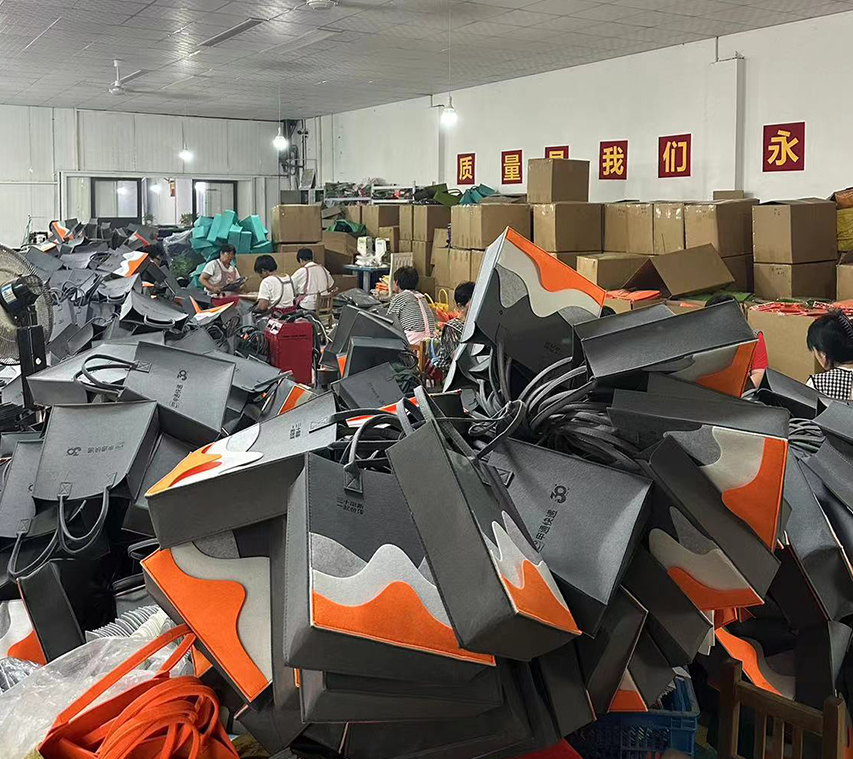Wool Dryer Balls Failing to Minimize Static Electricity in Laundry Loads
Why Wool Dryer Balls May Not Reduce Static Electricity Understanding the Science
Wool dryer balls have gained popularity in recent years as an eco-friendly alternative to traditional fabric softeners and dryer sheets. Marketed as a solution to reduce drying time and help soften clothes naturally, many users also hope they can eliminate static electricity in their laundry. However, some individuals have reported that using wool dryer balls does not effectively reduce static cling. In this article, we will explore the reasons why wool dryer balls may not be reducing static electricity as expected and delve into the science behind static cling.
The Science of Static Electricity
To understand why wool dryer balls may fail to reduce static, it is essential to grasp the fundamentals of static electricity. Static electricity arises when certain materials become charged due to friction. When clothes tumble in the dryer, they rub against each other and against the dryer drum. This friction can lead to the transfer of electrons, ultimately causing some fabrics to become positively charged while others become negatively charged. These opposing charges attract, resulting in the static cling we commonly experience.
Factors Contributing to Static Cling
1. Material Composition The fabric composition of the clothing being dried plays a crucial role in the level of static that develops. Synthetic materials like polyester and nylon are more prone to static buildup due to their lower ability to conduct electricity. In contrast, natural fibers like cotton and wool have higher conductivity and are less likely to generate static.
2. Drying Conditions The environment in which the laundry is dried can also influence static production. If the air is particularly dry, as is often the case in winter months, static buildup is more likely. The dryer itself can exacerbate the problem by creating a consistent friction environment that increases static charge.
3. Dryer Balls’ Composition While wool dryer balls are designed to help separate clothing and reduce drying time, their effectiveness against static cling can vary. Some users find that the size, density, and number of dryer balls used significantly affect their capability to combat static. It’s recommended to use at least three balls per load for better results, but this may not be sufficient for heavily synthetic loads.
Limitations of Wool Dryer Balls
Although wool dryer balls can help soften fabrics and reduce drying time by promoting air circulation, their effectiveness in reducing static electricity can be limited in several ways
wool dryer balls not reducing static

1. Insufficient Moisture Static electricity is often mitigated by moisture. Wool dryer balls can help with this by releasing small amounts of moisture during the drying cycle, but if the laundry is overly dry before starting the dryer, the wool balls may not provide enough moisture to combat static buildup effectively.
2. Static Buildup Over Time If the clothes being washed have already developed a static charge from earlier washes, it can be challenging for dryer balls alone to eliminate that charge. The static cling may persist as the fabric continues to rub and generate more static during the drying cycle.
3. Environmental Factors As mentioned earlier, the humidity level plays a pivotal role in static electricity. High-efficiency dryers can also create a warm environment conducive to more significant static retention, making it harder for dryer balls to mitigate this issue.
Solutions to Combat Static Electricity
If wool dryer balls are not effective in reducing static cling, users can consider the following alternatives
1. Increase Humidity Adding a damp cloth to the dryer can increase humidity levels and help reduce static.
2. Use Fabric Softener While not as eco-friendly, traditional fabric softeners are designed to coat fabrics and minimize static cling.
3. Air Drying Air drying clothes can prevent static buildup entirely, particularly for synthetic fabrics.
4. Choose Natural Fibers Opt for natural fiber clothing when possible, as they are less likely to generate static electricity compared to synthetic materials.
In conclusion, while wool dryer balls can be beneficial in many ways, their effectiveness in reducing static cling can vary. The interplay between fabric, drying conditions, and the properties of the dryer balls themselves all contributes to the challenge. Customers seeking solutions for static cling may need to explore additional strategies to complement their use of wool dryer balls, ensuring a static-free laundry experience.
-
What Makes Felt a Great Choice?NewsNov.19,2024
-
Total Mixed Ration (TMR) Feed for CattleNewsNov.19,2024
-
The Ultimate Guide for Felt Polishing WheelsNewsNov.19,2024
-
Industrial Felt for Various ApplicationsNewsNov.19,2024
-
Felt Makeup Bags and Inserts BagsNewsNov.19,2024
-
Choosing the Right Hotel TowelsNewsNov.19,2024
-
Your Go-To Guide For Affordable Wholesale Wool FeltsNewsOct.31,2024







